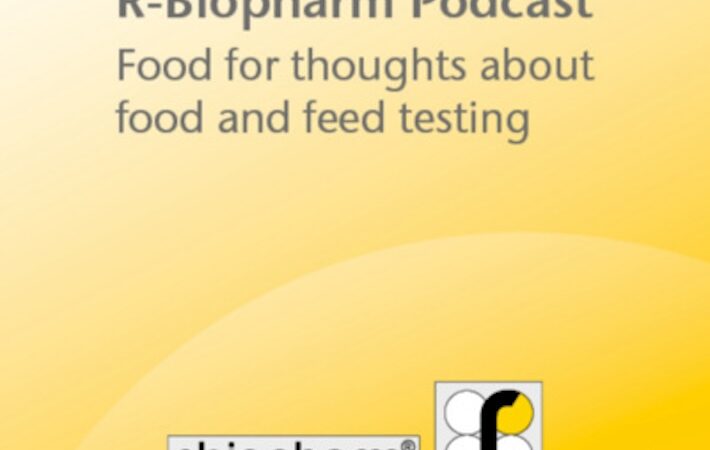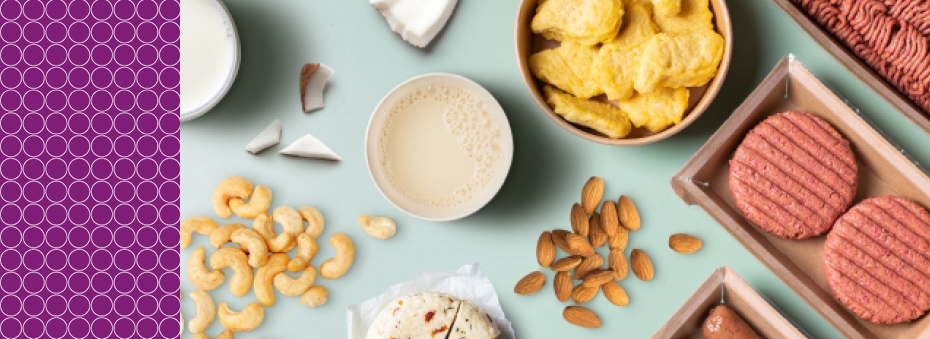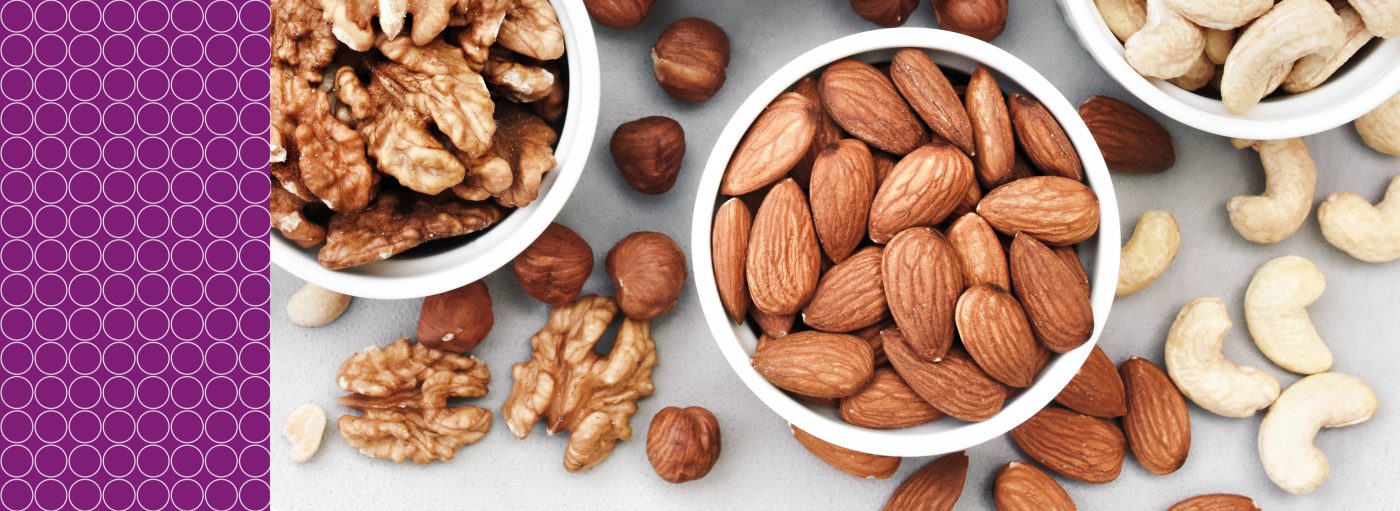
Food adulteration
Modern analytical methods for the detection of food fraud
Food adulteration
Increased awareness since the horsemeat scandal
Since the horsemeat scandal, awareness of food adulteration and food fraud has significantly increased. Consumers and regulatory bodies are now more vigilant about ensuring the authenticity of food products.
Opportunities for food adulteration
The varying prices and availability of food products from different origins create opportunities for incorrect declaration of food components. Adulteration can occur both in terms of quality and quantity, with cheaper or readily available ingredients being mislabeled as more expensive or desirable ones. For example, horsemeat may be mislabeled as beef. Such product adulterations can be detected with high specificity and quantified relatively using advanced testing methods like real-time PCR, which can provide percentage values of the respective animal species in relation to the total quantity of meat.
Religious requirements and animal speciation
Interest in animal speciation in meat products also stems from religious requirements, such as halal and kosher certifications. Religiously motivated inspections, particularly for detecting pork in meat products or processed foods, do not allow for any technical threshold values, requiring purely qualitative and highly sensitive tests. Real-time PCR is often used for this purpose due to its high sensitivity, though its effectiveness depends on the presence of intact DNA, which can be challenging to detect in heavily processed foods like gelatin.
Adulteration beyond meat products
Food fraud is not limited to meat products; it is also widespread in fish and dairy products. Each category presents unique challenges and requires specific detection methods to ensure product authenticity and consumer trust.
For more information, click on the following categories to learn about adulteration in different types of foods.
Key benefits of monitoring food adulteration
- Consumer protection: Ensures that consumers are not misled by false labeling and that they receive the products they expect.
- Regulatory compliance: Helps manufacturers comply with food safety regulations and avoid legal repercussions.
- Quality assurance: Maintains the integrity and reputation of food brands by ensuring product authenticity and quality.
- Economic savings: Reduces the risk of costly recalls and potential financial losses due to adulteration issues.
- Advanced detection methods: Utilizes cutting-edge technologies such as real-time PCR to accurately identify and quantify adulterants in food products.
Conclusion
Monitoring food adulteration is critical for maintaining the trust and safety of consumers, as well as the reputation of food manufacturers. By implementing advanced detection methods like real-time PCR, companies can ensure the authenticity and quality of their products, comply with regulatory standards, and protect themselves from economic losses. Effective food adulteration testing is a cornerstone of modern food safety management, helping to uphold the highest standards of quality and consumer protection.






